Grass growth has slipped back the last two weeks. From a growth rate of 89 kg of dry matter per hectare per day in the last week of May to 52kg at the last measurement on 11 June.
Coupled with the lower growth rate and the fact that grass was turning to seed very quickly after grazing, this meant grassland management has become more difficult. To overcome these two issues, paddocks have been taken out as bales and fertiliser spread at the rate of 27 units of nitrogen per acre on the grazing ground. Hopefully, this will get things back on track and the growth rate will improve along with the quality of grass.
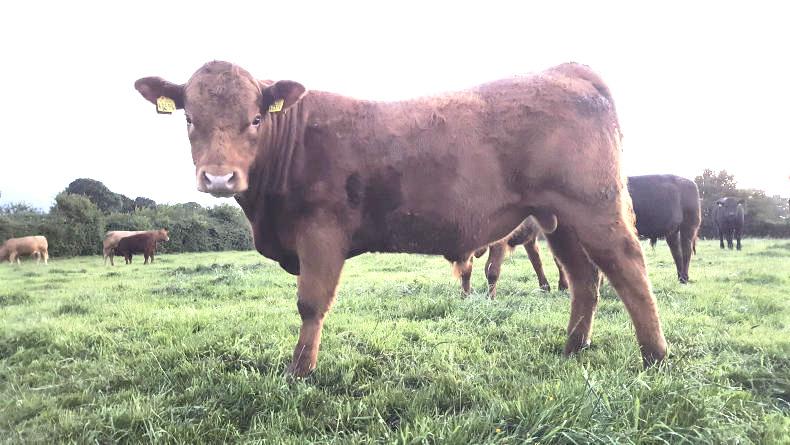
Bull weanling gaining 1.92kg/day.
First-cut silage was taken on 26 May, the same day as in 2017, and the yield of bales was the same. Despite the poor growth early in the spring, the recovery in May resulted in a good crop of silage bales. This should give me the high-quality silage required for feeding to suckler cows with calves at foot, without the need for meal supplementation.
The pros in favour of this system are increased output, higher sales value and increased gross margin
Keeping condition on the cows over the winter ensures they go back in calf quickly, while also providing enough milk for their calves. Cows are currently about six weeks from calving and have seriously improved in condition since getting to grass in April.
Silage ground has been fertilised for second-cut silage and paddocks will continue to be taken out when available. I currently have about 60% of silage requirement saved at this stage and am well on the way to topping up reserves in the event of another long winter.
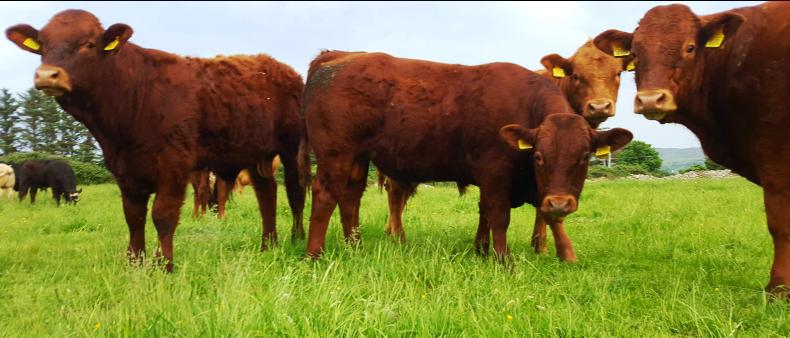
Salers bull weanlings.
Bull weanlings were weighed last week and are currently gaining 1.62kg per day, from a high of 2.02kg for one animal to a low of 1.22kg for another. This weight gain is on grass alone, and I will only introduce meals closer to sale, which will be around the end of July.
While in for weighing, they also received an ivermectin pour-on for the control of worms. Having hit a problem last year where two bulls lost weight in August because of a high worm count, it’s something I need to watch more closely this year.
Bull beef
Knowing the weight, daily liveweight gain, potential killout rate and quality of the bulls means the option of producing bull beef is currently being considered. The pros in favour of this system are increased output, higher sales value and increased gross margin – as shown by results on the BETTER farm programme.
The cons against this system are, high meal cost, cashflow, sacrificing some shed space and the risk-reward ratio involved.
I’ll consider these issues further on the drive to Teagasc Beef 2018 happening in Grange, Co Meath, on 26 June.
Read more
Farmer Writes: wheat, drainage and a souped-up Nissan Micra
Grass growth has slipped back the last two weeks. From a growth rate of 89 kg of dry matter per hectare per day in the last week of May to 52kg at the last measurement on 11 June.
Coupled with the lower growth rate and the fact that grass was turning to seed very quickly after grazing, this meant grassland management has become more difficult. To overcome these two issues, paddocks have been taken out as bales and fertiliser spread at the rate of 27 units of nitrogen per acre on the grazing ground. Hopefully, this will get things back on track and the growth rate will improve along with the quality of grass.

Bull weanling gaining 1.92kg/day.
First-cut silage was taken on 26 May, the same day as in 2017, and the yield of bales was the same. Despite the poor growth early in the spring, the recovery in May resulted in a good crop of silage bales. This should give me the high-quality silage required for feeding to suckler cows with calves at foot, without the need for meal supplementation.
The pros in favour of this system are increased output, higher sales value and increased gross margin
Keeping condition on the cows over the winter ensures they go back in calf quickly, while also providing enough milk for their calves. Cows are currently about six weeks from calving and have seriously improved in condition since getting to grass in April.
Silage ground has been fertilised for second-cut silage and paddocks will continue to be taken out when available. I currently have about 60% of silage requirement saved at this stage and am well on the way to topping up reserves in the event of another long winter.

Salers bull weanlings.
Bull weanlings were weighed last week and are currently gaining 1.62kg per day, from a high of 2.02kg for one animal to a low of 1.22kg for another. This weight gain is on grass alone, and I will only introduce meals closer to sale, which will be around the end of July.
While in for weighing, they also received an ivermectin pour-on for the control of worms. Having hit a problem last year where two bulls lost weight in August because of a high worm count, it’s something I need to watch more closely this year.
Bull beef
Knowing the weight, daily liveweight gain, potential killout rate and quality of the bulls means the option of producing bull beef is currently being considered. The pros in favour of this system are increased output, higher sales value and increased gross margin – as shown by results on the BETTER farm programme.
The cons against this system are, high meal cost, cashflow, sacrificing some shed space and the risk-reward ratio involved.
I’ll consider these issues further on the drive to Teagasc Beef 2018 happening in Grange, Co Meath, on 26 June.
Read more
Farmer Writes: wheat, drainage and a souped-up Nissan Micra






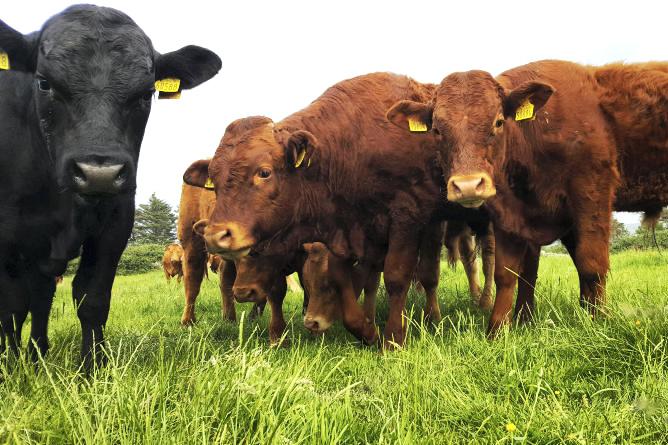
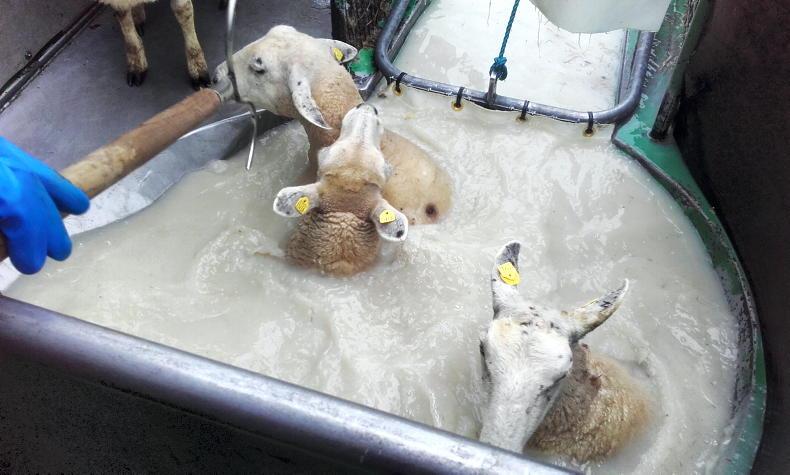

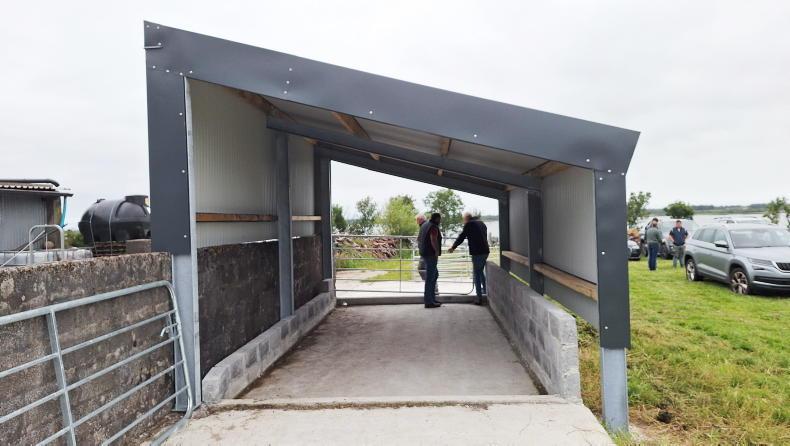
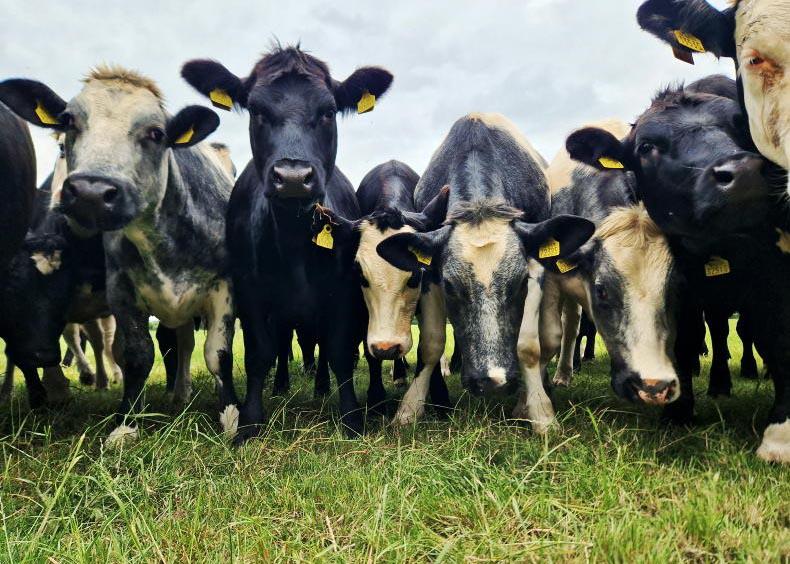
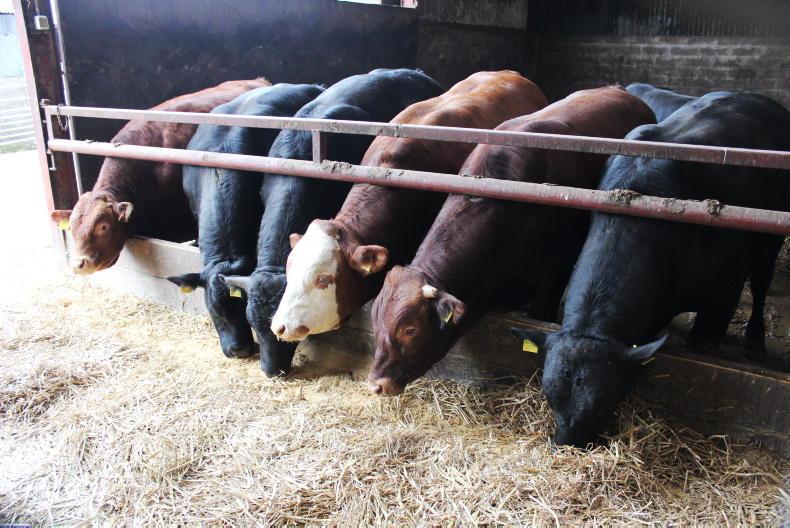
SHARING OPTIONS